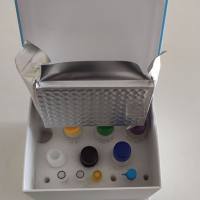Cell culture techniques provide a useful tool to study the physiological functions that any given cell type provides to the host organ. Isolation and culturing techniques have developed dramatically in the past decades and an increasing number of cellular factors have been discovered, which allow growth of differentiated cells on plastic substrates or filters (1 ). Purified cells exposed to differentiating, or otherwise permissive factors, have been shown to grow and develop a more complex phenotype in the absence of normally occurring cell-cell signals. This approach to cell biology, however, does not usually provide the natural environment and aspects of cellular responses to the physiologic environment that are present in vivo. This is particularly true for specialized cell types such as the blood-brain barrier (BBB) endothelium, which is continuously exposed to both cellular (astrocytes, neurons, and blood cells) and physical stimuli (shear stress). As a result, cultured brain endothelial cells (ECs) lose their physiological properties and fail to reproduce the numerous known properties of the BBB in vivo.






